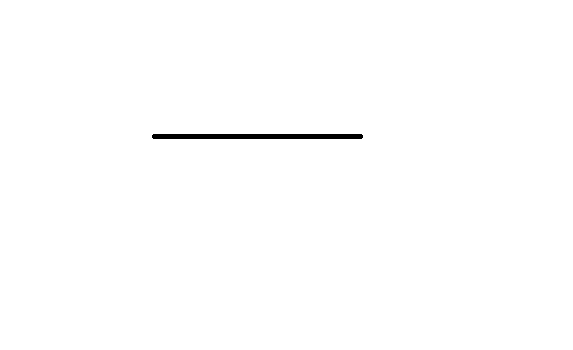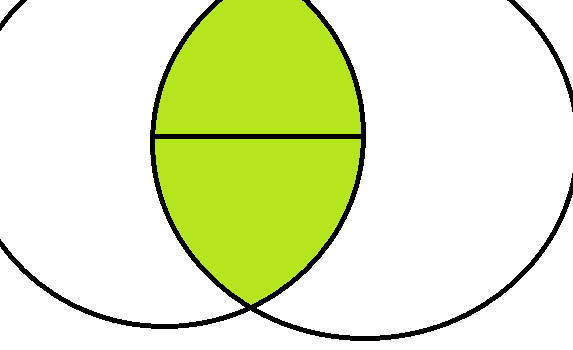Trying to formulate a proof for this claim related to triangle inequality
(From outside the box geometry)
Claim: The longest side in a triangle must be opposite from the largest angle
Idea: Suppose there is some line L where L is the longest side for some triangle T

Then, since neither of the remaining two sides of T can have a length greater than that of line L, the remaining one vertex of T, V, should be located among the area colored green.

Clearly, the angle opposite to line L would be at its smallest when vertex V is located at the edge of the area colored green. Clearly, when vertex V is located at any point along the edge of the area colored green, the resulting triangle would either equilateral or bilateral, with the angle at vertex V always being either bigger than or equal to all other two angles.
Clearly, these pieces be enough to prove the original claim, if properly fitted and formulated together. However, making a formal proof is a process which I'm not very familiar with. Could someone perhaps help me with this?
Easy Math Editor
This discussion board is a place to discuss our Daily Challenges and the math and science related to those challenges. Explanations are more than just a solution — they should explain the steps and thinking strategies that you used to obtain the solution. Comments should further the discussion of math and science.
When posting on Brilliant:
*italics*or_italics_**bold**or__bold__paragraph 1
paragraph 2
[example link](https://brilliant.org)> This is a quote# I indented these lines # 4 spaces, and now they show # up as a code block. print "hello world"\(...\)or\[...\]to ensure proper formatting.2 \times 32^{34}a_{i-1}\frac{2}{3}\sqrt{2}\sum_{i=1}^3\sin \theta\boxed{123}Comments
There are no comments in this discussion.